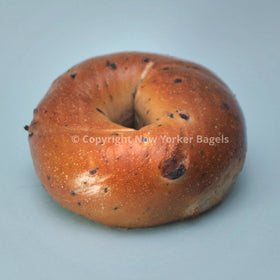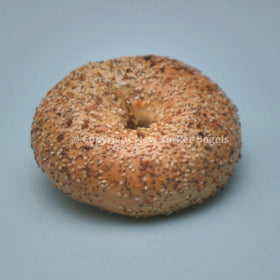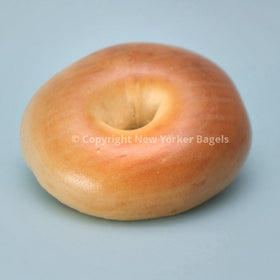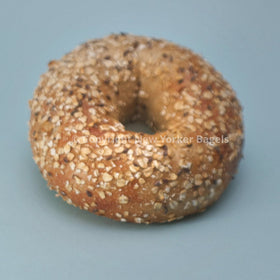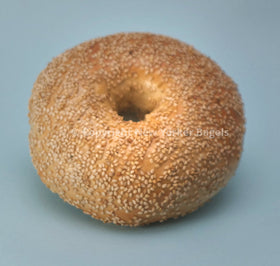New York is a melting pot, but just like all big cities, it has a signature foods. Like hotdogs at a Boston ball game; Phillies in Philly, fish tacos in San Fran – the bagel has always epitomized the Big Apple.
Today, bagel consumption has reached unprecedented heights, and the New Yorker who eschews the roll with the hole is looked in askance. Thankfully, bagels are in ready supply, thanks to wholesale bagel factories that use a perfect blend of modern technology and traditional methods to create classic bagels that delight those who devour them.
Did you know? In 1907, the making of bagels was regulated by a union, Local 338. This union was a powerful force to protect even low level workers in those days, and by the 1930’s, Local 338 represented the rollers in every bagel bakery in the city.
These New York bagel bakers passed their secretively guarded methods of bagel making from father to son (only male members were allowed admission into the union). The only two flavors available were plain or salt – no pumpernickel, everything, or – horror of horrors for many bagel traditionalists – sweet ones like cinnamon raisin.
Bagel makers learned their craft and refined it to work at amazingly fast speeds, but the advent of the bagel making machinery jumped production levels to unseen heights. The best bagels bakeries, however, still boiled the bagels before baking, retaining the shiny hard crust and chewy interior New Yorker bagels are known for.
These days, bagels are made by wholesale bagel factories across the country, in all different sizes and flavors. The best bagels, however, are still to be had in New York, where they can be bought off of vendors who contract with wholesale bakers or in shops filled with bagels delivered fresh from the same bakery.
No matter where or how a proper bagel is made, it’s still one of the most enjoyable, versatile foods on the planet. Thanks to those early New York bagel baker’s unions, the food has become a common favorite of the American people.




